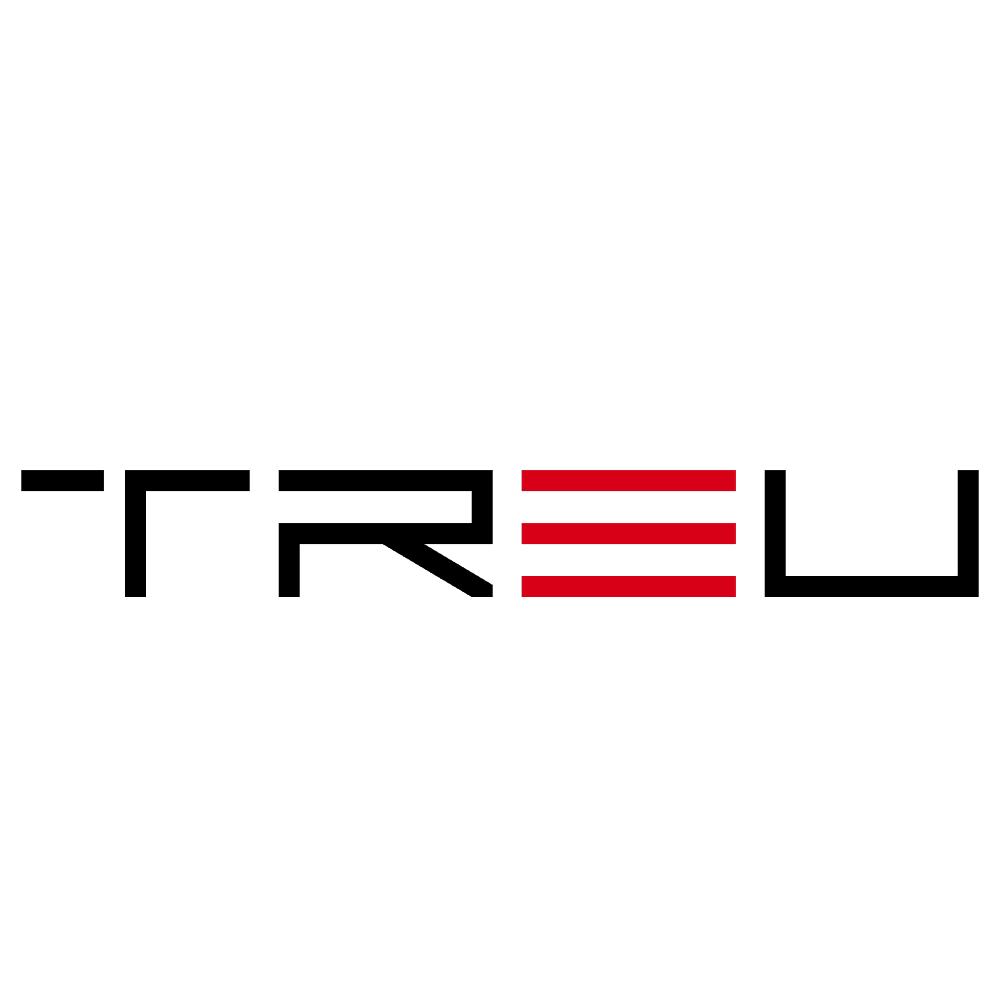Why Tech Leaders Are Rethinking Cloud Strategy Amid Rising Costs
Cloud computing has undoubtedly revolutionized the way businesses operate, offering scalability, flexibility, and cost-efficiency. However, as the technology matures, a growing number of tech leaders are beginning to rethink their cloud strategies amid rising operational costs and an evolving economic landscape. This year, the conversation around cloud computing is no longer just about adoption; it’s about optimization, control, and realizing actual value.
This shift reflects a new phase in the evolution of cloud technology—one where businesses seek to balance performance and budget constraints while exploring alternative strategies for their workloads. Let’s take a closer look at why enterprises are reassessing their cloud strategies and what this means for the future.
The Growing Challenge: Escalating Cloud Costs
Despite its many benefits, cloud adoption has become a doubled-edged sword. While platforms like AWS, Microsoft Azure, and Google Cloud have enabled businesses to scale rapidly, they’ve also introduced significant financial challenges. According to emerging research, cloud costs have risen exponentially over the past few years, fueled by higher demand and “hidden” expenses associated with storage, data egress, and advanced services.
- Budget Overruns: Many companies find that their cloud bills consistently exceed initial estimates. Overprovisioning resources or failing to optimize workloads can drive up costs significantly.
- Data Gravity and Lock-In: The more data you store in one cloud, the harder it becomes to move. Vendors often impose steep fees for transferring data out of the cloud, creating vendor lock-in scenarios.
- Advanced Services Expenses: Services such as AI, machine learning, and analytics within public cloud environments come with premium costs, which were underestimated during initial contracts.
Companies like Akamai and JJ are already taking proactive measures to address these rising costs, and the lessons they’re learning could help shape the future of cloud computing strategies across industries.
Case Study: Akamai’s Strategic Cloud Pivot
Akamai, a global leader in content delivery and edge computing, has been vocal about its commitment to optimizing its cloud usage. Recognizing the unsustainable trajectory of runaway cloud expenses, Akamai has invested heavily in creating a hybrid cloud ecosystem that brings certain workloads back on-premises while keeping others in public cloud environments.
Aside from cost containment, Akamai highlights the value of hybrid systems in improving control and flexibility. This strategic approach offers businesses the best of both worlds—leveraging the benefits of cloud scalability while ensuring mission-critical data remains within their full oversight.
The Rise of Alternative Cloud Strategies
As organizations strive to rein in costs, several alternative strategies are emerging. These approaches don’t just focus on cost reduction but also on building a more sustainable and flexible tech infrastructure. Here are some notable trends shaping the direction of cloud computing:
1. Hybrid and Multi-Cloud Architectures
The traditional all-in approach to public cloud computing is being replaced by hybrid and multi-cloud models. Businesses are increasingly blending on-premises data centers with public cloud providers to strike the perfect balance between scalability and control.
- Hybrid architecture: Companies can keep sensitive data in local, private clouds while taking advantage of public cloud services for other workloads.
- Multi-cloud strategy: Organizations avoid relying on a single cloud vendor by diversifying across providers, reducing vendor lock-in risks and improving disaster recovery options.
Companies like JJ, a major player in artificial intelligence (AI)-driven software solutions, have proactively implemented multi-cloud systems. By working with several cloud providers, JJ achieves greater flexibility, negotiates competitive pricing, and ensures redundancy for its global operations.
2. Increasing Focus on FinOps
The discipline of FinOps, which stands for “Cloud Financial Operations,” has gained significant traction in recent years. FinOps brings together IT, finance, and business teams to optimize cloud expenses and align spending with organizational goals.
- Enhanced visibility into cloud costs through advanced analytics and dashboards.
- Implementation of cost-controls like auto-scaling and shutting down unused resources.
- Continuous monitoring and adjustments to eliminate waste and overspending.
Organizations leveraging FinOps report significantly reduced costs while maintaining strong performance and reliability in their cloud operations.
3. Edge Computing as a Cost-Efficient Alternative
Edge computing, which processes data closer to its source instead of sending it to centralized cloud environments, is emerging as a viable alternative to traditional cloud setups. This approach minimizes data transfer costs and latency while maintaining operational efficiency.
A growing number of businesses are integrating edge computing with their broader cloud strategies. By pairing the edge for workload processing with the cloud for storage and analytics, companies can unlock new levels of cost savings and performance.
The Role of AI and Automation in Cloud Cost Management
Artificial intelligence (AI) and automation play an increasingly vital role in helping tech leaders manage cloud costs. These tools provide the ability to analyze real-time cloud usage data and make dynamic adjustments to ensure companies only pay for what they need.
Key Benefits of AI and Automation in Cloud Management:
- Predictive Analytics: AI can forecast future cloud costs based on current usage trends, helping finance teams plan budgets more accurately.
- Automated Scaling: Automation ensures cloud resources scale up and down based on actual demand, avoiding unnecessary expenses during periods of low activity.
- Anomaly Detection: AI algorithms can spot sudden spikes in costs, empowering organizations to investigate and address the root cause immediately.
By leveraging AI and automation in their cloud ecosystems, businesses can rein in spiraling expenses while pushing efficiency to new heights.
What’s Next for Enterprise Cloud Strategies?
The rapid evolution of cloud computing signals a new era—one defined by cost control and strategic deployment rather than blind adoption. As technology leaders rethink their cloud strategies, they are prioritizing financial sustainability, operational flexibility, and long-term performance.
Here’s what experts predict for the near future of cloud strategy:
- Infrastructure Customization: Companies will continue building highly tailored hybrid and multi-cloud ecosystems to meet their specific needs.
- Edge-Cloud Integration: The lines between edge computing and cloud computing will blur further as businesses explore innovative workload distribution models.
- AI-Driven Optimization: The reliance on AI and predictive analytics for cost management and workload optimization will increase, transforming cloud operations into a strategic asset.
Conclusion
The cloud remains an essential enabler of innovation and digital transformation. However, as costs surge and architectural challenges emerge, tech leaders are shifting their focus from mere adoption to optimization. Through hybrid models, FinOps, and cutting-edge automation tools, companies are reshaping their cloud strategies to align with modern demands.
As businesses like Akamai and JJ demonstrate, the future of the cloud isn’t just affordable—it’s intelligent and purpose-built. Companies ready to embrace this evolution stand to gain not just financially, but in positioning themselves for enduring success in a rapidly changing digital world.
The great news is that TREU Partners is here help you with your Cloud and technology journey.

